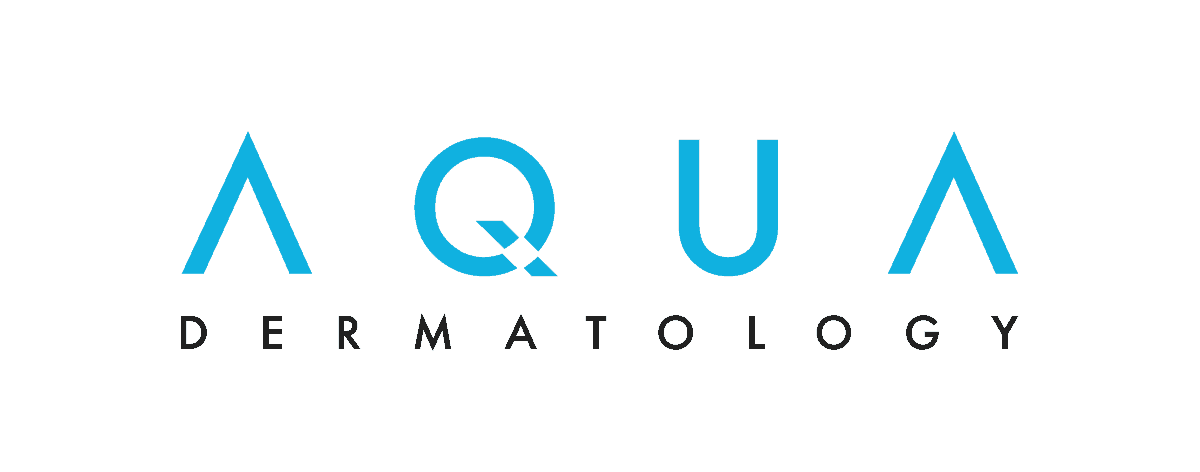A Guide to UV Rays and the UV Index

You can’t see UV rays, but you can easily see how they can affect the skin—sunburns, age spots, wrinkles and, worst-case scenario, cancerous lesions after years of exposure.
Using a broad-spectrum sunscreen daily is key to preventing short-term and long-term skin damage caused by UV radiation. But knowledge is another good weapon against UV rays. Understanding the different types of UV rays, which UV rays cause cancer, and how to use the UV index to plan outdoor activities can help you preserve healthier, younger-looking skin.
What are UV rays?
UV radiation is electromagnetic radiation from the sun that has a shorter wavelength than visible light does, so it isn’t apparent to the eye. It’s grouped into three wavelength bands: UVA rays, UVB rays and UVC rays.
What are UVA rays?
Most of the radiation that reaches the earth is UVA radiation. It has the longest wavelength of the three types of UV rays and is not absorbed by the ozone layer that surrounds and shields the planet. This makes UVA rays especially dangerous for the skin. In addition to piercing through the ozone layer, these rays can penetrate the middle layer of skin (the dermis).
What are UVB rays?
Most UVB radiation is absorbed by the ozone layer, though some does manage to get through to the earth. It has a shorter wavelength than UVA radiation and affects only the outer layer of skin (the epidermis).
What are UVC rays?
UVC radiation emitted by the sun is absorbed by the ozone layer and doesn’t affect the skin. However, there are artificial sources of UVC radiation that can damage skin, including sun lamps and lasers.
Health effects of UV radiation: UVA vs. UVB rays
Because they reach different layers of skin, UVA and UVB rays are linked to different types of sun damage. UVA rays are largely responsible for signs of aging, such as wrinkles and age spots (think “a” for “aging”), while UVB rays cause sunburn (think “b” for “burning”).
Which UV rays cause cancer?
UVA and UVB rays both damage the DNA of skin cells and increase the risk of the most common skin cancers— basal cell carcinoma, squamous cell carcinoma and melanoma. The risk of melanoma, the most lethal of the trio, increases dramatically when skin gets burned badly or repeatedly.
Are UV rays bad for your eyes?
Too much exposure to UVA rays can damage the eyes, including the retina, the light-sensing layer in the back of the eye. Damage can lead to vision changes, age-related macular degeneration and cataracts. UV rays can also contribute to basal cell or squamous cell carcinoma on eyelids.
Do clouds block UV rays?
Clouds do block some UV rays, but you still need sunblock on a cloudy day. Up to 80% of UV radiation can pierce through a layer of light clouds according to the Environmental Protection Agency (EPA). Because clouds can scatter incoming radiation, they may actually intensify the effects of UV rays in some cases.
UV rays and vitamin D
UVB rays are the most important source of vitamin D. Your bones need vitamin D because it helps the body absorb bone-strengthening calcium and phosphorous from food.
The World Health Organization recommends getting five to 15 minutes of sun exposure two to three times a week, though at some latitudes, it’s all but impossible to get enough vitamin D from the sun except in summer. Vitamin D supplements and fortified foods and beverages can supply the rest.
What is the UV index?
The UV index is a forecast that describes the risk of overexposure to UV rays on a given day in a given area. It’s calculated by the National Weather Service based on how much UV radiation is expected to make it through to the earth’s surface. The UV Index scales goes from one to 11. The higher the number, the greater the risk.
To check the UV rays today, download the EPA’s free app, called the UV Sunwise Index, or search by zip code on the EPA’s website. The best way to use the UV index is to get into the habit of checking it each day, just as you do the weather forecast.
Protecting yourself from UV radiation
Sunscreen and commonsense measures can help protect you from the damage caused by too much exposure to UVA and UVB rays. You probably know the drill:
- Use a broad-spectrum sunscreen with an SPF of 30 or more. “Broad spectrum” means the sunscreen protects against both UVA and UVB rays. Reapply every two hours or after you swim or sweat.
- Cover up. Don’t make sunscreen do all the work. Cover as much skin as possible with clothing and wear a wide-brimmed hat.
- Wear UV-blocking sunglasses. Choose ones with large frames.
- Seek shade. The sun’s rays are strongest between 10 a.m. and 4 p.m., even when it’s cloudy. When possible, stay in the shade during that window of time.
Medically reviewed by Ashley E. Falzone, MD
Written by Maura Rhodes, a writer and editor specializing in health and well-being.


